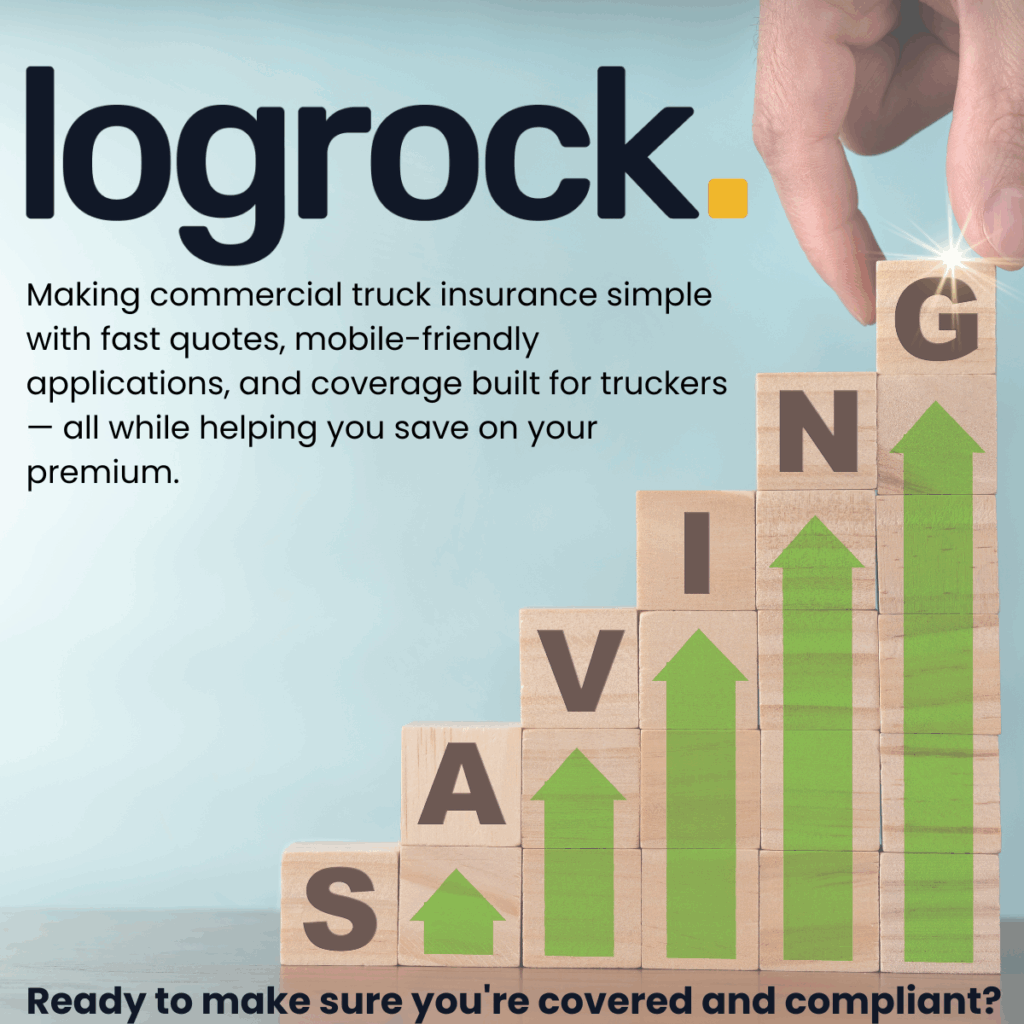A comprehensive loss prevention strategy helps reduce risk, lower insurance claims, and improve overall safety and efficiency. The following key components should be implemented as part of your program:
1. Regular Maintenance and Inspections
Conduct routine maintenance and thorough inspections to ensure vehicles remain in peak operating condition. Focus on the following critical areas:
Brakes and Tires: Regularly inspect and maintain to ensure optimal stopping power and traction.
Engine and Transmission: Perform scheduled checks to detect issues early and avoid costly mechanical failures.
Lighting and Signals: Verify all lights, indicators, and signals are fully operational to maintain visibility and ensure safe communication with other drivers.
2. Driver Training and Safety Programs
Invest in robust driver training programs to enhance safety awareness and reduce preventable accidents. Key training topics should include:
Defensive Driving: Teach drivers how to recognize and respond to potential road hazards.
Proper Loading and Unloading: Instruct on safe cargo handling procedures to prevent injuries and cargo damage.
Emergency Response Protocols: Train drivers to effectively manage breakdowns, collisions, and severe weather conditions.
3. Use of Telematics and Safety Technology Implement advanced technologies to monitor performance and improve operational safety:
Telematics Systems: Track driver behavior, vehicle health, and route efficiency in real time.
Dash Cameras: Provide visual evidence in the event of accidents and encourage responsible driving behavior.
Collision Avoidance Systems: Equip vehicles with safety features like lane departure warnings, blind spot monitoring, and automatic emergency braking.
4. Safety Policies and Procedures
Establish and enforce clear safety protocols to promote a culture of accountability:
Accident Reporting and Investigation: Develop a standardized process for documenting and analyzing accidents to prevent repeat incidents.
Safety Audits and Inspections: Conduct periodic reviews to identify and address potential risks before they lead to claims.
Health and Wellness Programs: Encourage driver well-being with initiatives focused on nutrition, physical activity, sleep hygiene, and mental health support.
Ready to rock with Logrock? Get started today!


